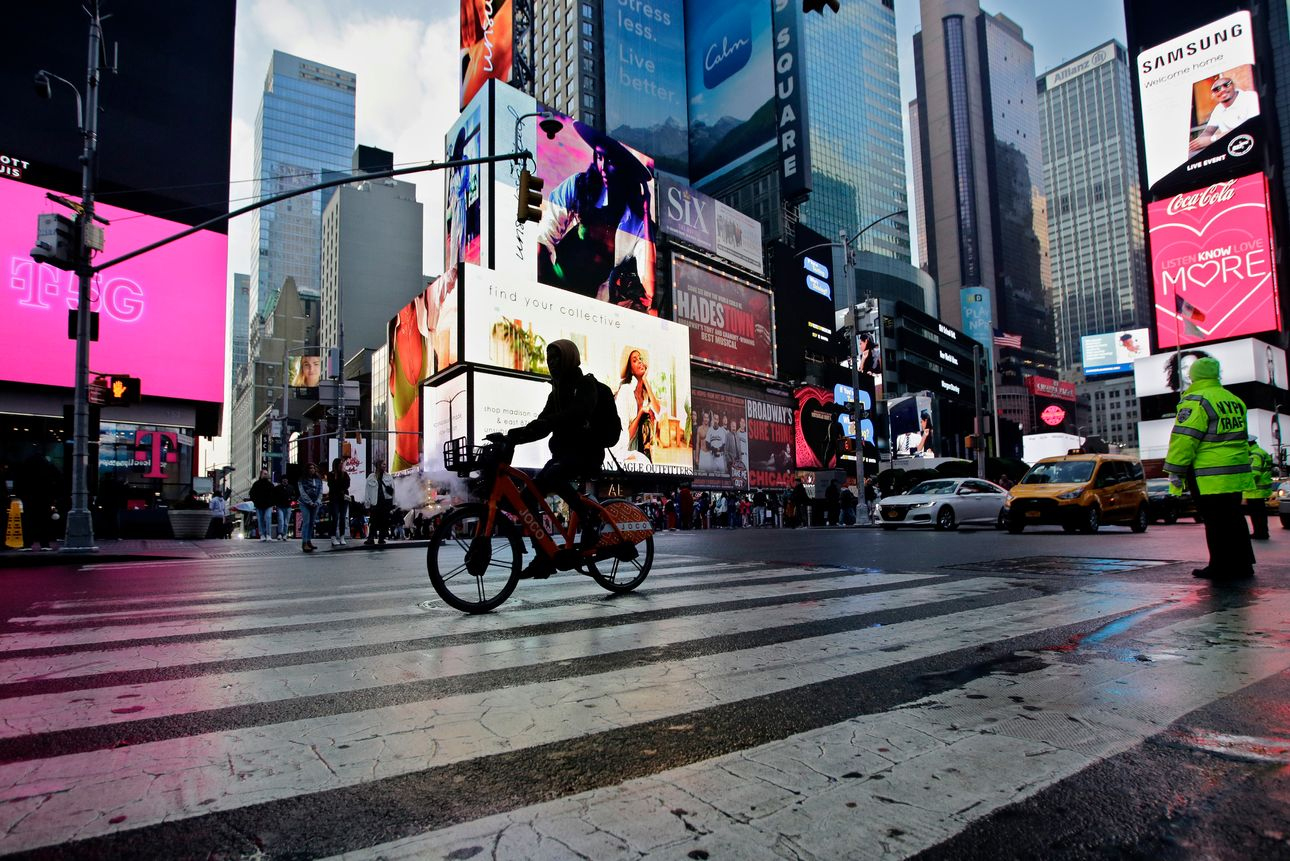
E-Bike Battery Fires Are Soaring, Especially in New York
Many of the fires start when people charge bikes overnight, allowing them to overheat
By Scott Patterson - Wall Street Journal
The electric-bike craze, which took off during Covid-19 lockdowns, now has a dark side: uncontrollable and deadly fires from the lithium-ion batteries that power them. The number of blazes is rising rapidly, triggering warnings from fire officials.
The fires appear to be concentrated in New York City, where the number of blazes more than doubled last year to 216, according to the New York City Fire Department. Fires from e-bikes and other so-called micromobility devices such as electric scooters have injured 40 people and killed two this year, the fire department said.
“These are incredibly dangerous devices if they are unregulated or used improperly,” New York Fire Commissioner Laura Kavanagh said at a press conference in late February.

The U.S. imported about 1.1 million e-bikes in 2022, up from 880,000 in 2021 and 450,000 the previous year, according to estimates by the Light Electric Vehicle Association, or LEVA, an industry trade group. Consumers, pummeled by high gasoline prices, are also flocking to electric scooters.
Many e-bike fires start when people charge them overnight, allowing them to overheat. Left in hallways or near doors, the malfunctioning batteries cause fast-moving fires that can trap people inside their homes in minutes. Secondhand batteries or those that have been modified are particularly vulnerable. The chemical fires, which release harmful gases, burn so hot and so quickly they are extremely difficult to put out.
Last April, Mauricio Orozco plugged in an e-bike with a refurbished battery at his bike shop in Cutler Bay, Fla. After 1½ hours, it burst into flames, torching the shop. The blaze moved so rapidly that it disabled his security cameras within 20 seconds, Mr. Orozco said. No one was injured. In a survey by the bike-shop industry group, 10% of store owners say they experienced a fire or other battery-overheating incident.
“It’s really scary,” Mr. Orozco said about e-bikes’ fire hazards. “This is people’s homes that are going to get burnt.”
In late February, a lithium-ion battery caused a fire in the Bronx, injuring four people including one firefighter, according to the fire department. In January, 18 children were injured at a Queens daycare center from a blaze the fire department said was started by an e-bike battery. One child was taken to the hospital. London’s transportation regulator in 2021 banned e-scooters, but not e-bikes, from its network because of fires in their lithium-ion batteries.
Battery fires remain a stubborn problem for devices such as laptops, smartphones and tablets. As electric-vehicle sales surge, they are causing problems there too. EV sales rose 65% last year in the U.S., amounting to 5.8% of new-car sales, according to Cox Automotive, parent of Kelley Blue Book. Ford Motor Co. in February halted production and shipments of its F-150 Lightning electric truck after a battery caught fire during a quality check.
Scientists in the U.S. and elsewhere are developing cutting-edge batteries they say are resistant to fires, but the technology remains largely experimental when it comes to the large batteries required for EVs.
The fires have a range of causes, including faulty construction, subpar materials and damage caused by sudden impacts. A common cause comes from cracks that form between the two electrodes of the battery, the cathode and anode, which make it short-circuit and rapidly heat up, a dangerous chain reaction known as thermal runaway.
George Kerchner, executive director of the Portable Rechargeable Battery Association, an industry trade group, said another cause of the fires is bike users attempting to repair or tamper with the battery. “By modifying the battery and refurbishing it or changing some of the safety features, that’s a new battery design” that could short-circuit and cause a fire, he said.
New York’s fire department has been working with the U.S. Consumer Product Safety Commission to investigate causes of the fires. Ms. Kavanagh in a Feb. 10 letter to CPSC Chairman Alexander Hoehn-Saric pressed the commission to take further steps to regulate the devices, including seizing at ports imported products that fail minimum industry standards.
The commission is working with New York City and has recalled defective products, a CPSC spokeswoman said.
Accurate tallies of fires across the U.S. are hard to come by. The CPSC in December said it received reports of at least 208 micromobility fires or overheating incidents from 39 states between Jan. 1, 2021, through Nov. 28, 2022, a figure that is lower than the number of fires reported last year in New York City alone.
The industry standards recommended by the CPSC were developed by UL Standards and Engagement, which provides safety protocols and specifications that manufacturers can voluntarily use to test products for conformance.
The New York City Council voted Thursday on a legislative package to strengthen the fire safety of e-bikes and scooters and the lithium-ion batteries that power them. The legislation would restrict the sale and rental of devices that fail to meet certain safety standards.
Heather Mason, president of the National Bicycle Dealers Association, which represents bike retailers, advocates making UL certification mandatory. “When we saw an increase in fires, we started advocating that all [electric] bikes should be certified,” she said. Last year, in a poll of about 300 members of her association, 10% said their stores had experienced an overheating battery or fire, she said.
Ed Benjamin, founder of LEVA, the light-electric-vehicle trade group, said mandating UL certification is a tough balancing act because it could be costly for bike manufacturers and shop owners.
Chatter about mandating certification “is terrifying to small businesses,” he said. “We need to find a way that the cost [of certification] per vehicle for the electric-bike business is modest. But we can’t continue to have these wicked fires,” he said.

Write to Scott Patterson at scott.patterson@wsj.com




